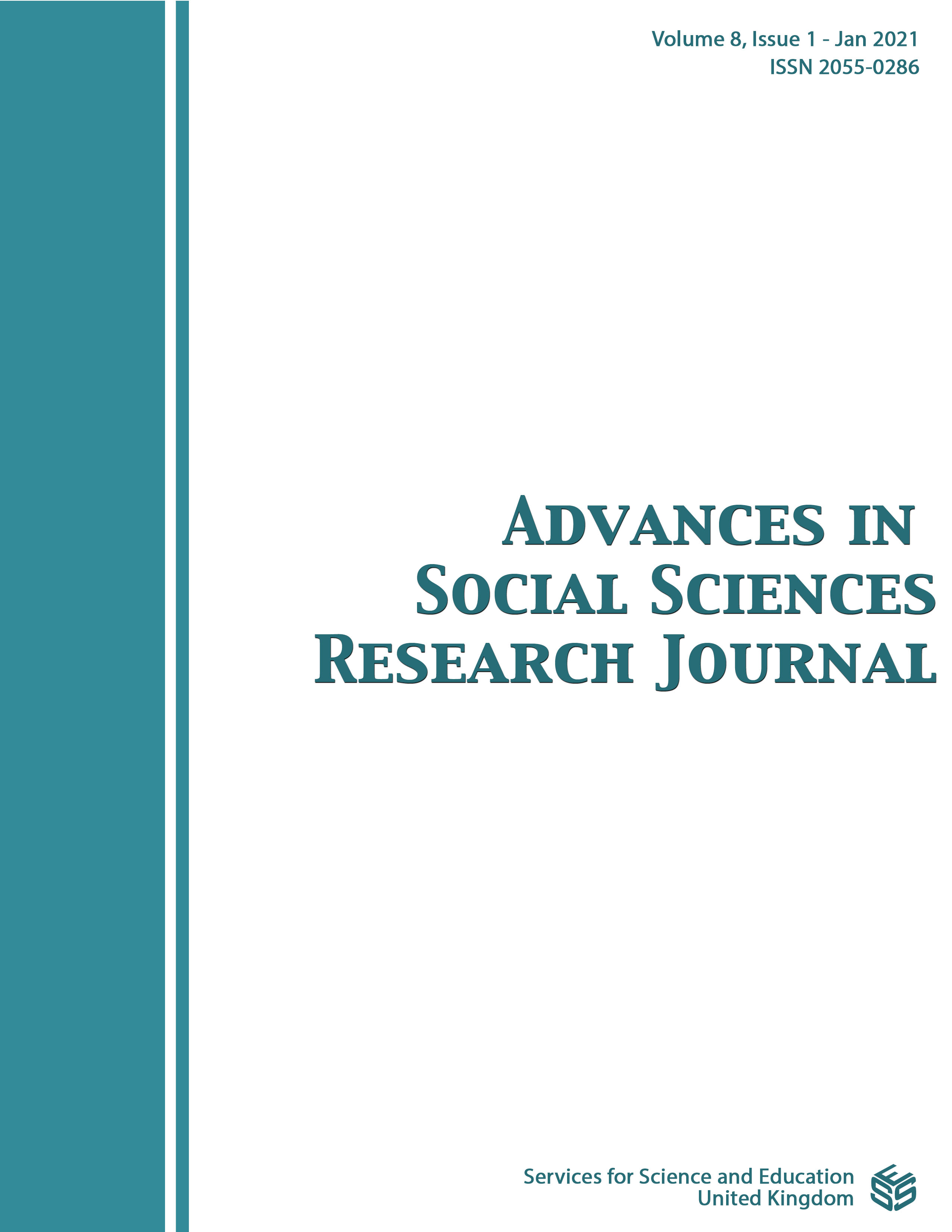A Comparative Analysis of Bioremediation of Hydrocarbon Polluted Soil in the Island Forest Ecosystem and the Low land Forest Ecosystem in the Niger Delta through Enhanced Natural Attenuation Process (ENAP)
DOI:
https://doi.org/10.14738/assrj.81.9027Keywords:
bioremediation, hydrocarbon, soil, lowland, Island, ecosystem, natural, attenuationAbstract
The Niger Delta region has witnessed environmental pollution arising from oil activities over the years of oil exploration and production. Soil fertility in both the Lowland Forest Ecological Zone and Island Forest Ecological Zone were investigated to establish the consequences of oil pollution on the soil and remedial actions to restore back quality and fertility of the soil. A suitable cost effective and environmentally friendly technology to handle the pollutions in the Niger Delta region can be found in Remediation by Enhanced Natural Attenuation Process (ENAP) which facilitates the activities of microorganisms to biodegrade the hydrocarbon impacted soil. The study compared the bio-physicochemical parameters of the oil spill polluted soil with particular reference to areas of oil production of the two Ecological Systems with those of the unaffected soil as well as their response to bioremediation interventions using ENAP. The results demonstrated significant decrease in the values of the key indicator parameter, the Total Petroleum Hydrocarbons (TPH). But for the unenhanced process, the result showed low level of reduction of TPH values for the polluted soils. A degradation trend was demonstrated with time leading to significant TPH reductions and improved key soil fertility indices. The result showed that the level of the nutrient status of soil in the region can be improved through the natural attenuation process.
Downloads
Published
How to Cite
Issue
Section
License
Authors wishing to include figures, tables, or text passages that have already been published elsewhere are required to obtain permission from the copyright owner(s) for both the print and online format and to include evidence that such permission has been granted when submitting their papers. Any material received without such evidence will be assumed to originate from the authors.






